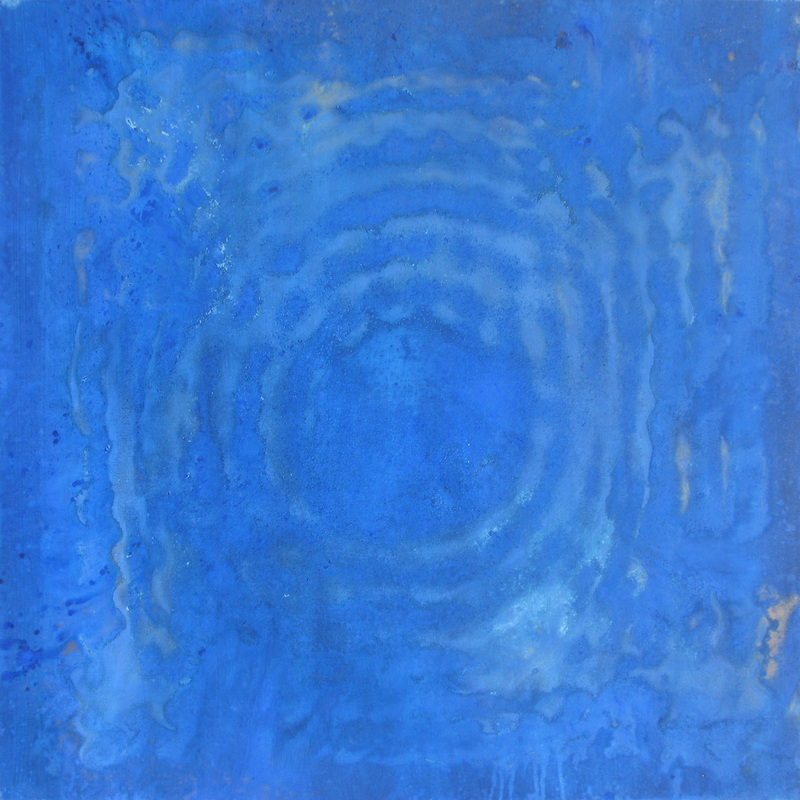

This is caused by sound waves creating a vibration on the plastic, which makes the salt hop around like jumping beans! You will notice that the salt on top of the plastic "jumps" up and down. Talk, shout, bang pans together, or play the start of Beethoven's 5th Symphony with the volume way up. Step back a few feet and try making a few different kinds of sounds.

Now, sprinkle a little salt (or sugar) onto the plastic. The plastic should be stretched as tightly as possible over the top of the can. Place the square of plastic over the opening of your can, then pull the edges down over the sides of the can so that you can use the rubber-band to hold it in place. The square should be large enough to entirely cover the open end of your tin can, with about three inches extra on each side. With the scissors, cut a square out of the plastic bag. Make sure the lid is entirely removed and that no sharp edges are protruding. One large tin can, the bigger the better. If you had a long line of quarters, this process would go on until there was no energy to be transferred to another quarter. But, the energy (motion) is transferred to the second quarter, which is knocked over until it bumps the third quarter. You will notice that, when the first quarter hits the second quarter, it stops moving. Now, take your finger and "thunk" the first quarter in the line so that it strikes smartly against the second quarter. Take three quarters and lay them down on a hard, flat surface. The molecules themselves stay in about the same place as the sound wave passes.ĭoes that sound strange? Probably so-but our first activity will illustrate this principle. This effect travels in a wave-like manner, but the wave is only the result of the molecules banging together. This causes the molecules to bump against one another. The disturbance-say, a car backfiring-causes some air molecules to be displaced. Sound is actually caused by a disturbance of some kind causing molecules in the air around us to vibrate and knock against one another.
#SALT SOUNDWAVES WINDOWS#
After that, we'll show a quick way you can make a sonic boom right in your back yard! (But don't worry, Mom, this one won't break the windows or rattle the dishes!) We'll start with two projects that will demonstrate the principle of sound waves, including letting you see their effects visually. For Give it a Try, we'll go a little further and look at the principles behind why we hear, and what we hear. This issue's Unit Study provides several ways to study hearing.


 0 kommentar(er)
0 kommentar(er)
